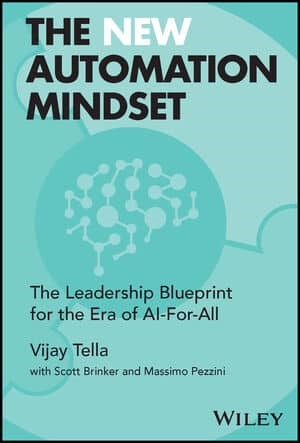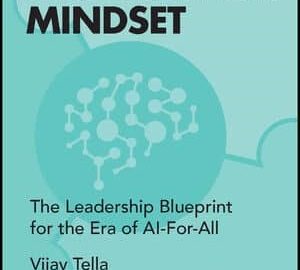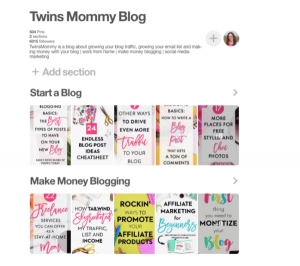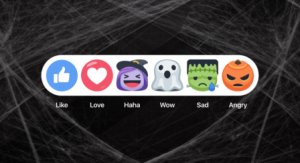Systems thinking, “antifragility” and democratic teamwork characterize a new mindset successful brands will need to acquire.
“Together, AI and cloud-native platforms open the aperture of automations in our companies wide, opening the floodgates for new ideas to be automated and see the light of day.”
“The New Automation Mindset” is a book published just last week by Vijay Tella, co-founder and CEO at Workato, and his co-authors Scott “Chief Martec” Brinker and Massimo Pezzini, strategic advisor to Workato. It was published just last week and offers a detailed guide for marketing and other business leaders on how to think about the opportunities for automation presented by an AI-dominated tech landscape.
Elements of the new mindset
Tella sets out the new automation mindset by responding to three key questions.
Systems or tasks thinking? Incremental improvements in productivity through optimizing discrete applications and tasks is a tunnel vision and actually leads to work pile-ups. Systems thinking orients people, strategy and technology “holistically” towards a business vision.
Embrace change or fear breaking things? Here Tella deploys the concept of “antifragility.” This is the ability to not only withstand but prosper in the face of shocks and disruptions, including of course the huge disruption to be wrought by artificial intelligence. Fragile businesses begin to crumble when faced with adversity. We saw many examples of antifragility as brands pivoted and reinvented their business models — on the fly — in the face of a global pandemic.
Empower a team or empower specialists? Despite all the challenges it brings, generative AI is perhaps the ultimate “no code” tool. This implies democratization. Granted, guardrails will be needed, but an opportunity is created for all talented members of a team to have a hand in digital transformation, not just IT specialists.
And there’s the blueprint: systems thinking, extreme adaptability and democratized teamwork. In some ways “automation” in this context is an alternative term for “digital transformation,” something with which many businesses have struggled. But much of digital transformation does come down to automating, scaling and improving the efficiency and accuracy of tasks.
What prompts the need for a new automation mindset is the blindingly fast evolution of the technologies — yes, AI and generative AI — that can enable it.
How to manage this new environment
This book is not a guide to how to use new tools. It doesn’t teach the reader how to write prompts for ChatGPT or how to get a genAI model to create reams of code. It is explicitly a guide for leadership, looking at how to manage the application of these new technologies to improve systems and generate authentic teamwork. There are chapters, for example, on back and front office use cases, on both employee and customer experience and how to be a platform-driven business.
We asked co-author Scott Brinker to identify major takeaways. “The technology for automating business operations has advanced tremendously over the past several years — and is taking another big leap forward this year with generative AI. However, to really harness this potential,” he said, “we need to adapt the way we manage with these tools. We need to think bigger than simply automating existing tasks more efficiently. We need to use these tools to orchestrate digital business in a more holistic fashion.We need to empower more people throughout our organizations to contribute to digital innovation by democratizing access to these tools.”
He described the book as a guidebook for leading this major transformation.

The platform for generative AI
Another key takeaway is that businesses need to consider implementing an enterprise AI platform. Why? Individual large language models (LLMs) may be stuffed with data, but in many ways they’re not very smart: They need close human supervision. They can generate outcomes that users are not competent to evaluate; troubleshooting by humans is a frequent need; access and security need to be considered.
An enterprise AI platform can have governance and trust built in. It can tailor the training data for the LLMs based on the domain the platform is serving (a local example: MarTechBot is built on a widely used LLM but also trained on our own data). Also, this kind of platform should be able to go beyond generating text and images and build things like apps and integrations.
Finally, this all requires change at three levels — and managing change can be hard:
- Leaders. They need to buy into the importance of automation across the organization.
- Builders. Those responsible for executing will need to be open to learning new skill sets.
- Recipients. Automating business processes will inevitably impact employees and contractors. People need to be prepared for their roles to change.
“The New Automation Mindset: The Leadership Blueprint for the Era of AI-For-All” is published by Wiley.
The post A blueprint for the new automation mindset appeared first on MarTech.
(2)







